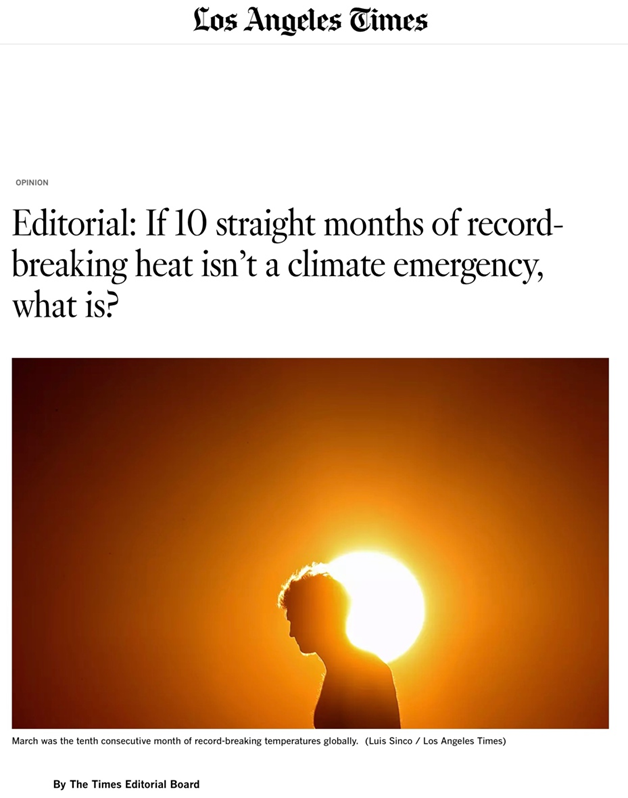Nic Lewis: Remarkable changes to carbon emission budgets in the IPCC Special Report on Global Warming of 1.5C
Nic Lewis: Remarkable changes to carbon emission budgets in the IPCC Special Report on Global Warming of 1.5C
A close reading of Chapters 1 and 2 of the IPCC Special Report on Global Warming of 1.5°C (SR15) reveals some interesting changes from the IPCC 5th Assessment Report (AR5), and other science-relevant statements.
This article highlights statements in SR15 relating to carbon emission budgets for meeting the 1.5°C and 2°C targets.
It seems fairly extraordinary to me that the AR5 post-2010 carbon budget for 1.5°C, which was only published four years ago, has in effect been now been increased by ~700 GtCO2 – equal to 21st century emissions to date – despite SR15’s projections of future warming being based very largely on the transient climate response to cumulative emissions (TCRE) range exhibited by the models used in AR5.
Key points
- The SR15 estimates of the carbon budgets that will allow us to remain within the 1.5°C and 2°C targets are far larger than those given in AR5 – over five times as high from end 2017 for a 66% probability of not exceeding 1.5°C warming.
- SR15 switches the measure of past (up to 2010) warming for the 1.5°C and 2°C targets from near-surface air temperatures (SAT) everywhere (as in AR5) to a blend of near-surface air temperatures over land and sea-surface water temperatures (SST).
- SR15 bases its estimates of the relationship of future warming to future CO2 emissions very largely on the behaviour of the current generation of Earth system models (ESMs)[i], as used for AR5. However, unlike AR5 it does not do so directly. Instead, it assumes a fixed probabilistic relationship between post-2010 cumulative CO2 emissions and the warming they cause, and derives (using simplified climate models) an allowance for warming from other causes.
- SR15 ignores ESM simulation estimates of warming to date, instead estimating it using observational data.
- The resulting SR15 estimate of the post-1875 cumulative CO2 emissions that would give a 50% probability of meeting the 1.5°C target is approximately 720 GtCO2 larger than per AR5, partially offset by a 210 GtCO2 increase in estimated 1876–2010 emissions, giving a net increase of 510 GtCO2 for the post-2010 carbon budget.
- Approximately 180 GtCO2 of the ~720 GtCO2 increase in the post-1875 budget is due to lower projected post-2010 warming relative to post-2010 cumulative CO2 The lower projected warming appears to be because of two factors:
- The TCRE value used in SR15 matches the average of the full set of ESMs in AR5; however the budgets calculated for AR5 were based on a subset of ESMs that had a higher average TCRE value.
- Lower non-CO2 warming is projected in SR15 than in AR5
and possibly also to other, unidentified, factors.
- The remaining 540 GtCO2 of the increase relates to changing the measure of warming up to 2010 from a model-simulation basis to an observational basis and may be allocated approximately as follows:
- half (270 GtCO2) to the models used for the AR5 budgets warming more by 2010 than do the full set of AR5 CMIP5 models, and
- half (270 GtCO2) to changing the measure of past warming from the globally-complete near-surface air temperature to a blend of SAT over land and SST over ocean, as measured (on a globally-incomplete basis) by the average of four observational temperature records.
Full post
The post Nic Lewis: Remarkable changes to carbon emission budgets in the IPCC Special Report on Global Warming of 1.5C appeared first on The Global Warming Policy Forum (GWPF).



